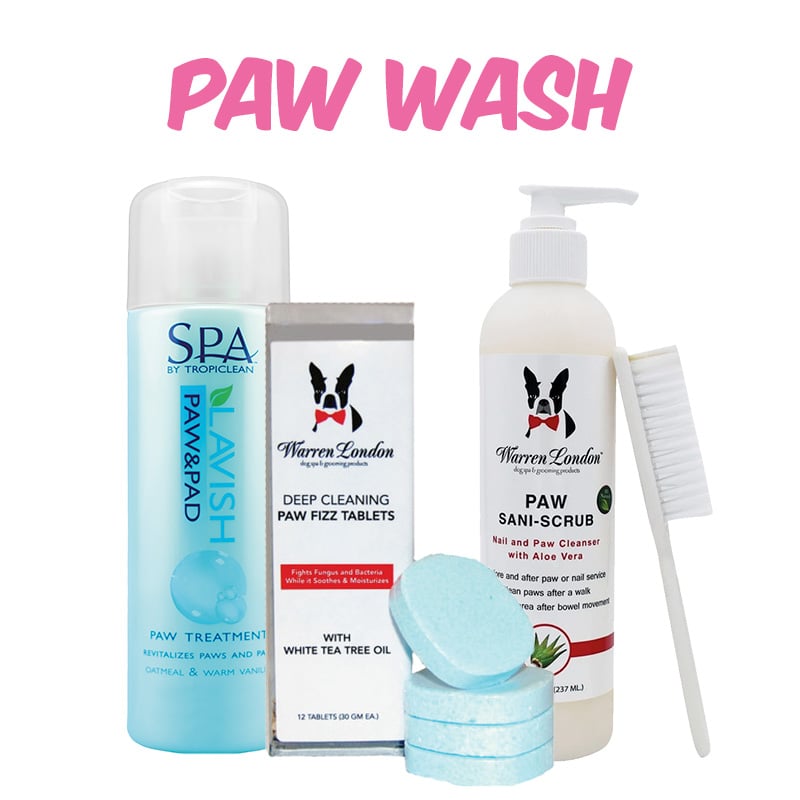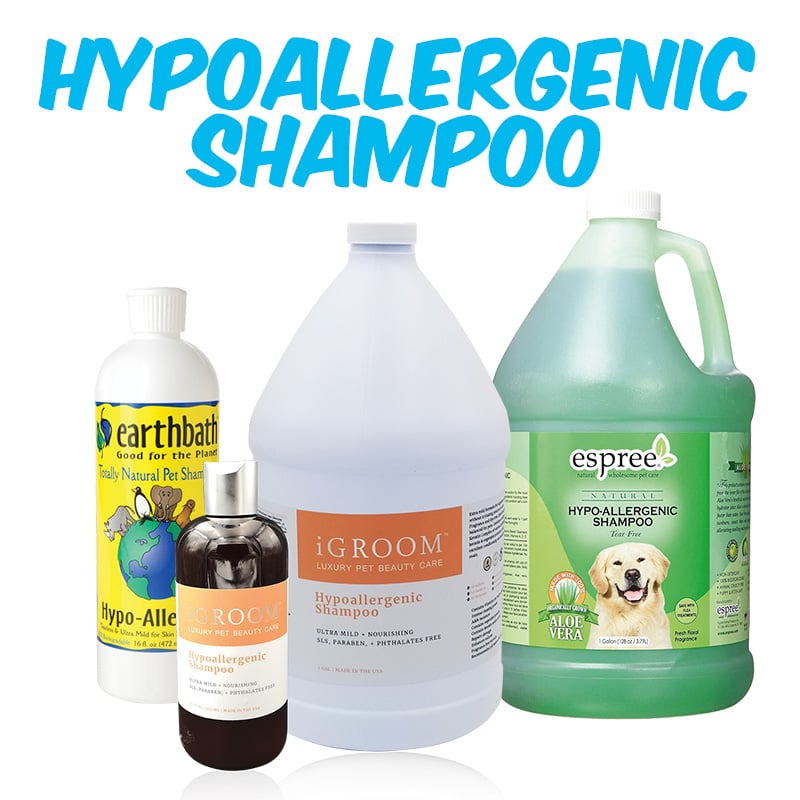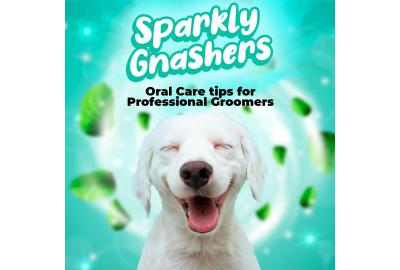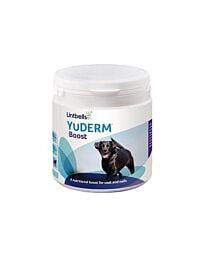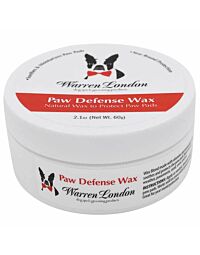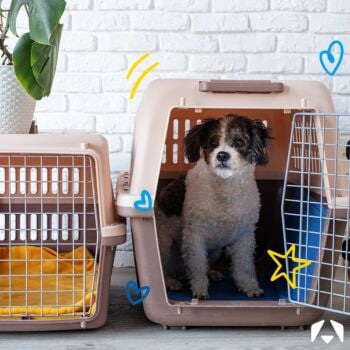

Dog Paw Care
Dogs don’t need a fancy step tracker to know how much exercise they have completed in a day. Those four paws have felt every step and jump as they have played non-stop, only pausing to eat and sleep. Being constantly exposed to the elements can take its toll on their pads, so as groomers it is important to keep pads and nails in tip-top condition for your furry customers.

Paws
Dogs’ paws have 5 basic parts. The claw, the pads with the nail (digital pads) and the weight-bearing pad (metacarpal pad on front paws, and metatarsal on rear paws). There is also a pad on the inner “wrist” called the carpal pads. The final part is a dewclaw which is located on the front foot and does not touch the ground. Not all dogs have dewclaws and some dogs have dewclaws on their rear feet but this is not common (you can see rear dewclaws on Great Pyrenean Mountain dogs, Beaucerons and Briards). The pads themselves are made up of layers of tough skin, with fat underneath and a network of blood vessels. Merocrine glands are located in dogs' paw pads and they are activated when dogs get too warm and act like human sweat glands to help regulate the dog’s temperature. Hair grows between the pads and on many breeds, this was traditionally to muffle the sound of their footsteps while hunting.
MAINTENANCE & PROTECTION
The first step before grooming a dog’s paws is to check for any foreign bodies stuck between the pads, any matted hair, or any cuts or abrasions. Any injuries should be recorded for the owner in case they didn’t make you aware at drop off.
Cleaning the paws
Make sure when dogs visit your salon that their pads are well washed to remove dried on dirt, seeds or bugs. Sand can also be particularly irritating for dogs and irritation can cause the dog to get into a cycle of licking their feet to soothe the itch. This is particularly problematic in winter when their feet will have been exposed to salt and chemicals used for melting ice and snow. In the warmer months making sure paws are well cleaned will prevent sweat being trapped in hair between the pads which can result in a smell. If you notice a dog in your salon licking its paws it may have an allergy to grass, seeds, or pollen.
You can use a diluted hypoallergenic shampoo or specific paw wash to rinse their paws
Tips for Pet Owners: Advise the owner to rinse the dog’s paws after being out for a walk to ensure no allergens are left on paws that may cause irritation. Keeping paws well moisturised and maintaining a healthy diet will ensure the skin barrier is strong and will help protect against allergens.
Trimming Hair
Trimming the hair on dogs’ paws can help prevent matting and stop debris from getting stuck. Trimmers are a great tool for these smaller more sensitive areas.
To avoid leaving new puppies with clipper burn after clipping their feet, make sure you gradually work from a #10 blade to the blade which will give the length you require. Keep the area oiled to ensure protection for the newly shaved skin.
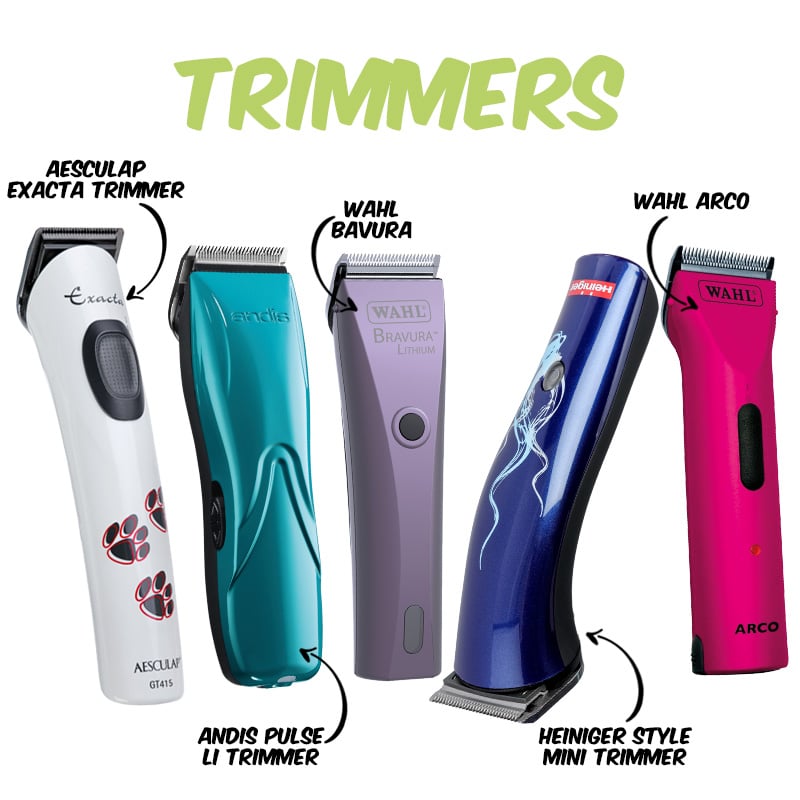
If you are a new groomer you may want to use safety scissors. These are ideal for sensitive areas such as the face, feet and groin.

Tip for Pet Owners
If a dog is more nervous when having feet groomed you could suggest that the owner start some training at home with the pet to help accustom them to the process. A good time to get the dog used to have his paws handled is when he has settled after a walk. Make him sit and then lift one of his paws up. Examine his toes and nails for a couple of seconds, reward him with a treat, and then return his foot back to the ground. If this is repeated a few times it will help reinforce this activity.
If the hair between the pads is very matted and long, it may be best to remove the hair from the top of the foot first so you can see better what’s going on, then part the pads and use your trimmer to remove the hair. Make sure you are supporting the dog underneath its chest while doing this, and be aware that if you have to work on the paw for a longer period of time that the dog may become unsettled and try to move, nip, or scratch. Don’t remove all the hair in between the pads, as a small amount of hair left there will protect the glands found there.
Moisturised and Massaged
Environmental factors can cause dry and cracked pads. They will feel dry to touch and can become tight and uncomfortable for the sog. You can restore the moisture by simply applying a Paw Balm or moisturiser. Massaging the area while you apply the moisturiser will help promote healthy circulation and can help relax the dog. Encourage the dog’s owner to apply balms regularly as they add a layer of protection for the skin on the pads. The act of applying and massaging the balm into the pads can be a great bonding experience for the dog and owner.

Skin conditions and damage
Hyperkeratosis
This skin condition causes thickening or extra skin growth on the pad of the paw. The dry growth looks like hair and is caused by excess production of keratin. The causes of this can be genetic or age-related (older dogs are at a higher risk of developing Hyperkeratosis), it can be caused by Canine Distemper (all puppies should be vaccinated to prevent this), sandfly bites, autoimmune disease or a lack of Zinc. Keep an eye out for this condition in Labradors, Golden Retrievers, Irish and Bedlington Terriers, English and French Bulldogs, Dogues de Bordeaux and Boxers that visit your salon, as these breeds can be more prone.
If you notice this on a customer’s dog you should advise they visit the vet to have excess skin removed. If the vet thinks the skin condition may be caused by an underlying illness, then they can suggest treatment. Keeping the paws moisturised with a paw balm will not only help soothe the pads if your client’s dog does experience this condition, but can also help prevent it.

Injuries
Dogs’ paws are not just exposed to the elements, but they are also at risk from dangerous and sharp objects out and about. If a customer’s dog sustains an injury of less than half an inch, it can be cleaned with an antibacterial solution and monitored, but anything larger would need vet treatment.
NAIL CARE
Often customers are nervous about trimming their dog’s nails because of the risk of cutting the quick, or if the dog is more nervous they may be concerned about them nipping. It is important that nails are kept shorter, avoiding that clicking noise when they walk on a hard floor. Long nails can turn a good foot into a splayed foot which has reduced traction and can cause injured tends. A splayed foot doesn’t support weight well and this can cause long term problems for the dog.
Investing in a set of small and large nail clippers will ensure you can trim the nails of all the dogs who come to your salon, regardless of size. If you are starting out and want to purchase just one at this stage, select a small nail clipper but look to add a larger one to your collection when you can.
If a nick of the quick occurs use a fast-acting blood stopper to end the bleeding.
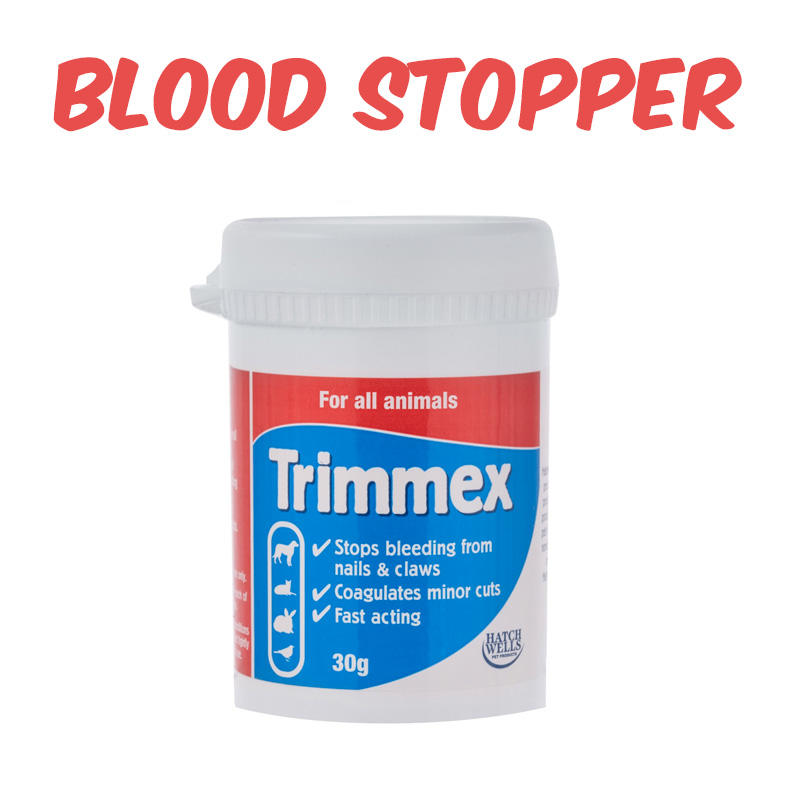
Some groomers find nail grinders can be a more efficient way of trimming pet’s nails in the salon. The Wahl Nail grinder is a fantastic light tool that stays cool while trimming and smoothing pets nails. Andis has also produced a sleek, ergonomic nail grinder which is very quiet, perfect for more nervous dogs.


